City Happenings and Things to Do
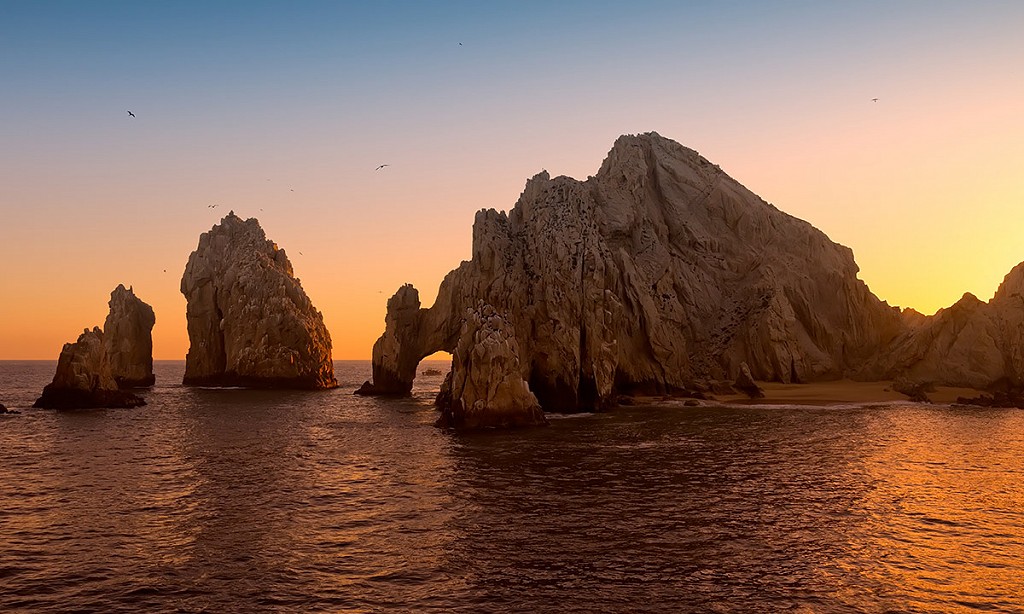
Below we share some important destination updates and information. Read along for more details!
Los Cabos
According to the travel website Expedia, Los Cabos ranked number nine in the top ten most-searched vacation destinations for Spring Break 2021. The full list of ten was Cancun in the number one spot, followed by Riviera Maya, Playa del Carmen and Tulum, Punta Cana, Oahu, Maui, Los Cabos, and French Polynesia at number ten.
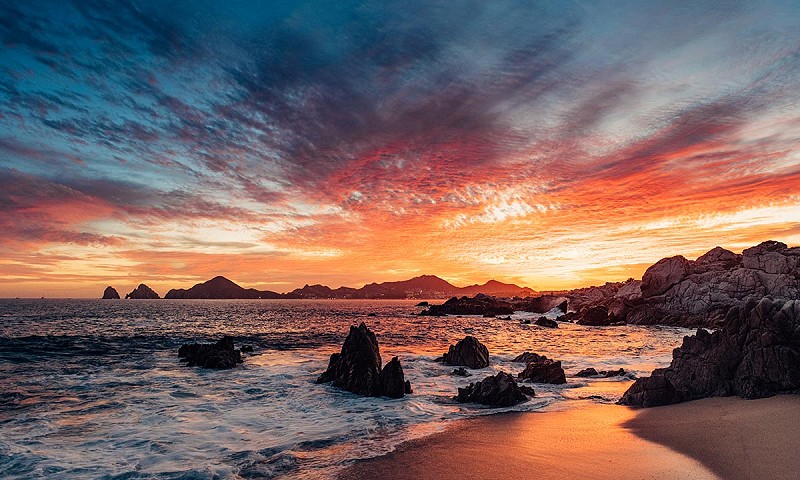
The state of Baja California is “yellow” in Mexico’s COVID-19 color coded stoplight system, according to the latest report as of March 19, 2021. Yellow signifies that economic activities are resuming, but with precautions. While the state is in yellow, hotels are allowed to operate at 50% capacity. The state is looking forward to advancing into “green”, at which time all economic activity will fully resume, with Covid protocols such as masks and hand sanitizer still in place.
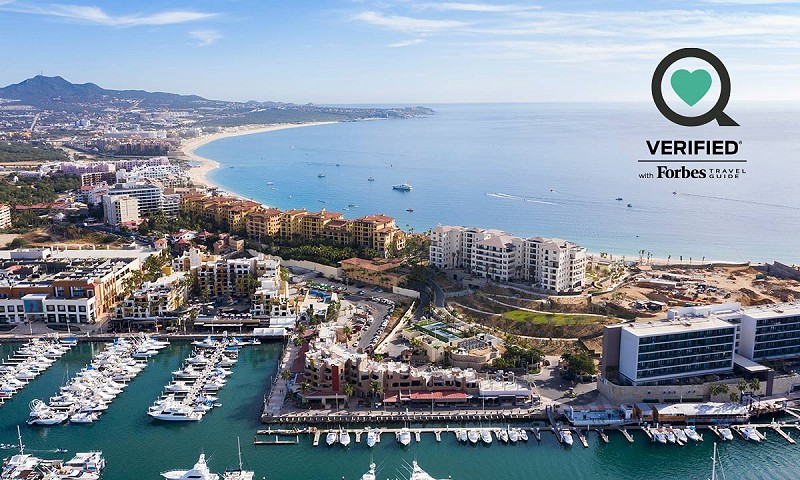
On March 24th, 2021, Los Cabos achieved Sharecare health security verification, becoming the first VERIFIED™ tourist destination worldwide. To achieve this designation, the Los Cabos Tourism Trust successfully led an effort to achieve Sharecare health safety verification with Forbes Travel Guide, a universal standard among hotels and resorts in the region. Hotels earn this designation by continually verifying their sanitary protocols against more than 360 expert validated standards to minimize the risk and impact of public health events such as COVID-19. As a result of the regional effort led by the Tourism Trust, to date, most of the hotels within its coverage area in Los Cabos have achieved this verification, including Garza Blanca Resort & Spa Los Cabos. “We are proud of the work done by all Los Cabos hotels to achieve Sharecare verification. As a luxury destination in Mexico, we are committed to providing a safe environment for travel. In addition to our own health and safety program, Los Cabos takes care of you, a safer way to travel, this badge will influence in raising the perception that Los Cabos provides security to international travelers looking for a safe place to visit,” said Rodrigo Esponda, General Director of the Los Cabos Tourism Trust.
Events in Los Cabos are cautiously starting back up for the spring and summer. As COVID-19 vaccines roll out and the world opens up more fully, we will likely see more summer events being scheduled.
April, May, and June are some of the best months to visit Los Cabos, because the weather is excellent! The heat of the summer hasn’t quite hit yet, so daytime temperatures will be in the mid-to-upper 80s Fahrenheit, while night time temps will be in the mid-60s. It’s usually dry and clear in April, May, and June, with the height of the rainy season being August through September. So, if you’re thinking of a spring trip to Cabo, the months of April, May, or June might be just the perfect time to come visit!
Puerto Vallarta
The month of May is Puerto Vallarta’s birthday! This year is the 103rd anniversary of the municipality, and the 53rd anniversary of the city. Puerto Vallarta became a municipality on May 31, 1918 and a city on May 31, 1968. Typically, there are festivals and parties all month long, but most of the festivities are on hold due to Covid. There might still be some small events so keep your eyes open.
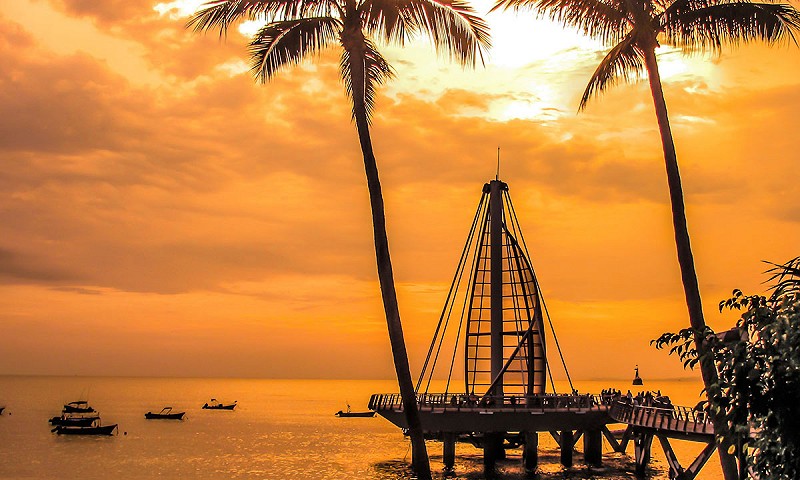
May is mango season in Puerto Vallarta. The city is full of many enormous mango trees. The trees begin to flower and grow small mangoes in January and February. The mangoes mature through April, May, and June. You can see mangos all over PV, on the trees, and being sold by vendors on the street. Don’t miss the opportunity to try them!
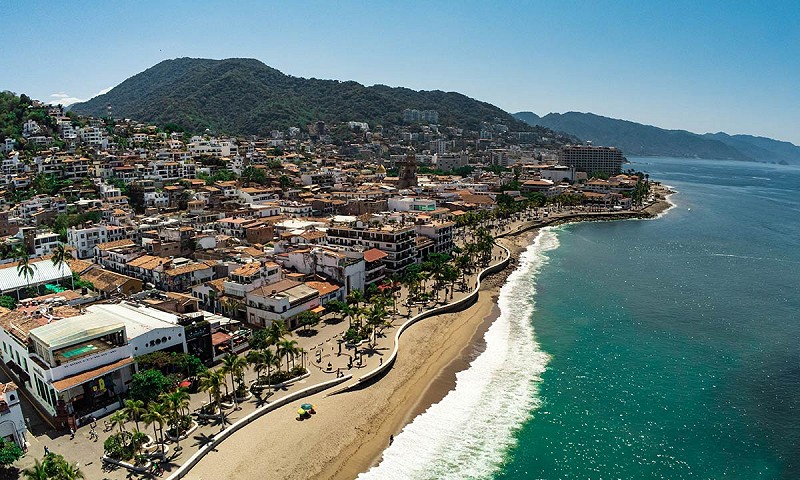
May 1st is Labor Day in Mexico. Government offices and many businesses will be closed, as locals take the day off to enjoy time with their families and time in the city.
May 5th (Cinco de Mayo) is the anniversary of the Battle of Puebla in 1862, near Puebla City during the Second French Intervention in Mexico. The battle resulted in a Mexican victory, although the French later overtook the Mexicans in later battles of the conflict.
Mother’s Day is May 10th in Mexico. Unlike the United States, where Mother’s Day is always the second Sunday in May, in Mexico it’s always May 10th regardless of the day of the week.
Vallarta Pride will go on this May 24th to May 31st, 2021 for its eighth year. Vallarta’s LGBTQ businesses, restaurants, bars, shows, nightclubs, theaters, tours hotels and beaches are open and ready to welcome you! Check their website and their Facebook page for information about events. All events will operate under government mandated safety and capacity protocols in place at the time. The main events are free and non-profit as Vallarta Pride works towards a future without discrimination through events that inspire, commemorate and celebrate our diverse community.
The North American Optimist Regatta will take place from May 29th to June 5th off the shores of Nuevo Vallarta. The Optimist is a small, single-handed sailing dinghy that is understood to be the foundation of sailing. It is exceedingly popular and is sailed by youth aged 8-15 years. The Optimist is the largest sailing class in the world. Many of the world’s top sailors learned how to sail in an Optimist. At the 2016 Olympics at least 85% of the boat skippers were former Optimist sailors. The event is hosted by Vallarta Yacht Club, which will host 150 competitors and their support teams from over 12 countries.
If you visit the Rio Cuale island, you will notice that it has had a lot of renovations. A new wheelchair ramp was built, and the area in front of Le Bistro restaurant where the famous statue of John Huston is, has been completely redone. You can see pictures in the press release on the city of Puerto Vallarta’s website.
Cancun
The state of Quintana Roo is “yellow” in Mexico’s color-coded stoplight system for monitoring COVID-19, according to the latest report from the Secretary of Health dated March 19, 2021. Yellow indicates a “medium” level of risk of contagion, and economic activity is resuming with precautions. On March 29, the city of Cancun will begin their vaccination program for those 60 and over. Hotels throughout the state are allowed to operate at 50% capacity, and most hotels and resorts around Cancun and Riviera Maya are reporting a 50% reservation rate for the Easter holiday season. Most states in Mexico are currently in yellow. Three states are green, and there are no longer any states in red. Quintana Roo is looking forward to advancing into green soon, at which time economic activity will fully resume, with Covid protocols such as masks and hand sanitizer still in place.
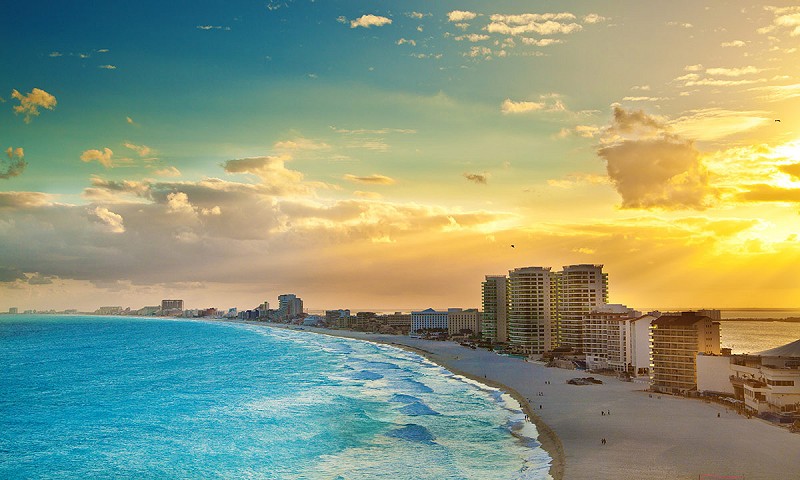
The World Travel & Tourism Council (WTTC) will hold its Global Summit in Cancun from April 25 to 27. Leaders in the tourism industry from around the world will come together to brainstorm about how to continue to revitalize the tourism industry in the wake of COVID-19. The summit will be held in person with safety protocols, as well as virtually.
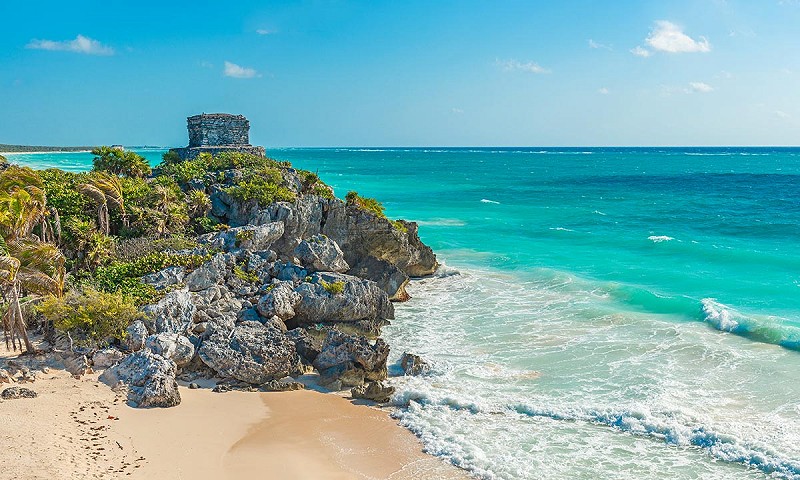
Sargassum season is starting, but the levels are expected to be similar to or lower than last year. Studies by the Secretariat of the Navy (SEMAR) indicate that this year there will be a lower arrival of the seaweed to the coasts of the Mexican Caribbean. Sargassum is seen more during the warm months of the year. The city of Cancun and other municipalities along the coast of Quintana Roo continue removal efforts, as always. The municipal government has stated that it will not diminish its efforts in attending to sargassum this year.
It’s the beginning of mango season in Mexico. Mango trees flower in January and February, and then the mangoes start to grow. The fruits mature and are harvested through April, May and June. One type of mango, known as the Ataulfo mango, has its origins in Mexico. Legend has it that in 1948, Don Ataulfo Morales Gordillo purchased a farm in the city of Tapachula in the state of Chiapas, and on that farm, there were five trees that grew a natural mutation of common mangos at the time. According to the legend, around the year 1950 the fruits of these five trees caught people’s attention. Some years later, in 1958, the agronomist Héctor Cano Flores discovered the wonderful fruits. He immediately noticed the unique quality of the mangoes and asked Don Ataulfo to begin the first studies. They both worked very hard creating new grafts and propagating them. Later, the massive expansion of a mango clone called “imc-m2 Ataulfo” was achieved. It was the engineer Héctor Cano who baptized the mango with the name: “Ataulfo” after Don Ataulfo. So, while you’re in Cancun, look for this variety of mango and experience the taste of a mango that originates 100% from Mexico!
